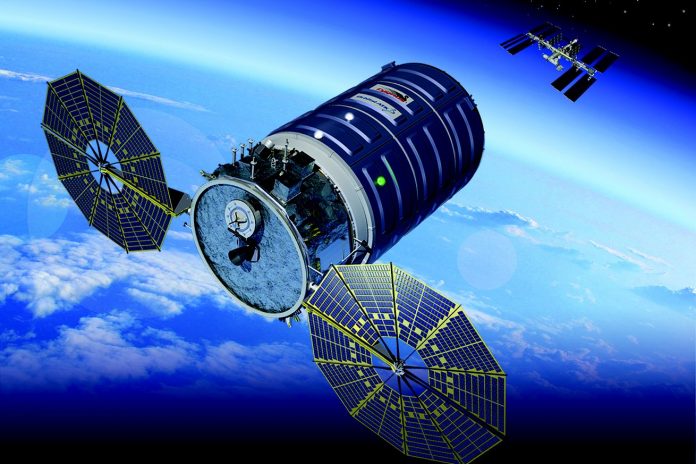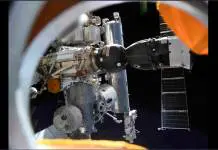
On Tuesday, Orbital ATK announced a new partnership with NASA to develop a Commercial Infrastructure for Robotic Assembly and Services (CIRAS) project in space. The joint venture will focus on developing the technology necessary for NASA’s future missions.
The private-public partnership announcement follows a busy month for NASA. Recently, the agency announced the Cassini-Huygens mission was coming to an end in Saturn’s rings and the discovery of ice deposits beneath the surface of Mars.
Further space endeavors include the ESA’s ExoMars mission, which recently received the first images of Mars from its Trace Gas Orbiter. The data collection follows the crash of the Schiaparelli module into the Red Planet back in October.
Orbital ATK recently accomplished a new milestone in reaching its sixth time delivering cargo to the International Space Station. The OA-5 mission used the Cygnus spacecraft for the second time to both resupply the ISS and conducted in-orbit studies.

How will NASA and Orbital ATK work together in a CIRAS program?
While NASA will technically be the primary agent in the partnership, Orbital ATK will assume a much more prominent role in the actual work required to achieve the goals set for the CIRAS mission.
Orbital ATK will support the developing and manufacturing efforts of CIRAS through its wholly owned subsidiary, Space Logistics LLC.
NASA, on the other hand, will also contribute with guidance from experts of two of its investigation branches: the Langley Research Center and the Glenn Research Center. The U.S. Naval Research Laboratory will also join the cause.
What are the objectives of the CIRAS project?
Under the CIRAS project, NASA and Orbital ATK aim at updating the technologies necessary for further and deeper space exploration. This includes human and robotic missions, as well as all the necessary equipment and systems.
More specifically, the joint venture intends to provide NASA with everything it needs for its upcoming manned mission to Mars, scheduled to take place at some point during the next twenty years.
“Orbital ATK will lead the team in maturing technologies necessary for robotic assembly of large space structures, such as next-generation telescopes or solar-powered structures for transport or communications,” the company said.

The technologies developed by NASA and Orbital ATK include precision robots and robotic equipment capable of operating autonomously and remotely in the alignment and assembly of in-orbit structures.
Future parts devised under the CIRAS program will be modular in nature for easier transport and automated assembly in space. This method would significantly decrease costs for space agencies, but it is necessary to set up the necessary infrastructure first.
The initial phase of CIRAS began back in September, and it will last approximately two years. NASA and Orbital ATK will continue to work on different commercial projects together such as resupply missions to the ISS.
Source: Orbital ATK











